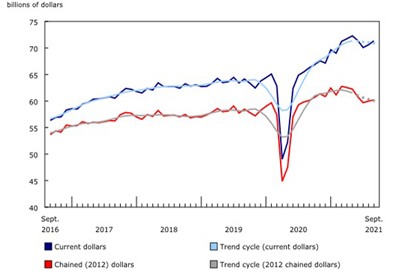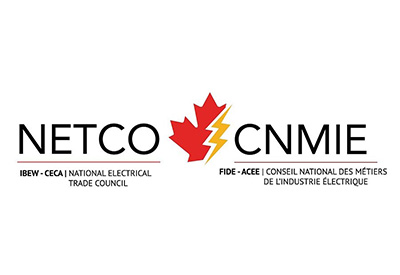How COP21 Will Affect the Global Energy Industry

Jan 05 2016
A generally positive response to COP21, also known as the 2015 Paris Climate Conference, has lent renewed momentum to discussions in every industry on how to meet this latest set of goals, as well as their implications on business and the global economy. In a new corporate statement of commitment by Schneider Electric, the company explores possible implications of COP21 on the global energy industry. Here are 10 possible effects.
1. Entry into force and early application: Achieving the necessary number of ratifications should not take as long as ratification of the Kyoto Protocol, particularly because the new agreement has only self-imposed targets instead of legally binding carbon targets − a significant advantage over the Kyoto Protocol. During COP21, the parties extensively discussed early implementation of the agreement, as well as securing finance, data, technology, and partnerships. Further, the agreement will not simply replace the Kyoto Protocol at the end of 2020: the parties have been encouraged to sign the agreement at a ceremony proposed for 22 April 2016.
2. Direct effect: The agreement creates no direct restrictions on the extraction, release, or use of fossil fuels. Even in countries where the agreement would automatically constitute a source of national law, the provisions are not drafted to create direct obligations on energy companies or to impose liability for fossil-fuel-based energy operation. Conversely, the agreement allows legislators to decide how to achieve its fundamental aims. The approaches parties may take are therefore unpredictable, and the energy industry would need to observe policy changes closely to prepare for new legislative regimes.
3. Stranded assets: Over the last year, the notion of stranded fossil fuel assets, or the “carbon bubble,” whereby carbon reserves may become less valuable and therefore are written off as financial losses, has been discussed. The underlying argument suggests that all currently proven reserves, if burned at the current rate, would lead to an increase in temperature above the limit of 2°C above preindustrial levels. If the agreement is implemented in such a way that fossil fuel use is curbed, and no effective technology to absorb CO2 is developed, a proportion of carbon assets could become stranded.
4. Carbon pricing: The inclusion of carbon pricing in the financial analyses of projects and businesses, notably in the context of lending and investments, is on the rise. In June 2015, six major oil and gas companies called upon governments to introduce carbon pricing systems to lower CO2 emissions.
5. Understanding NDCs: Energy companies should include a risk and business development assessment of NDCs in the countries where they are active, because these will influence a state’s approach to fossil fuel extraction and consumption.
6. Competing financial commitments: The financial commitments under the agreement are sizeable and rely on substantial private-sector investment. Project financing and corporate refinancing in the market for conventional energy may therefore face competition with investors focusing on the low-carbon sector as well as research and development.
7. Financial mechanisms: Through the implementation of the agreement, new funding mechanisms and opportunities will be introduced to the global energy market, including support via public and private sector funding. Ultimately, this agreement will create a large range of opportunities worldwide for development and diversification in the energy industry.
8. Business opportunities: There is little doubt that the agreement will create new areas of business, notably for renewable energy generation, energy efficiency, storage and sinks.
9. Sinks and offsetting: The agreement recognizes the importance of carbon sinks. Technology will dominate this field, providing commercial opportunities for research and development. Additionally, we expect that public sector willingness to fund sinks will increase if countries fall behind on their emission reduction NDC targets.
10. Emissions trading and linking: The entry into force of the Kyoto Protocol led to the rapid development of greenhouse gas reduction projects and emissions trading schemes around the world. In the view of many, the Paris agreement will only partially reinvigorate this market in the near term.
Read the full document: http://download.schneider-electric.com/files?p_Doc_Ref=Schneider_Electric_Sustainability_The_New_Critical_Success_Factor_essay.











